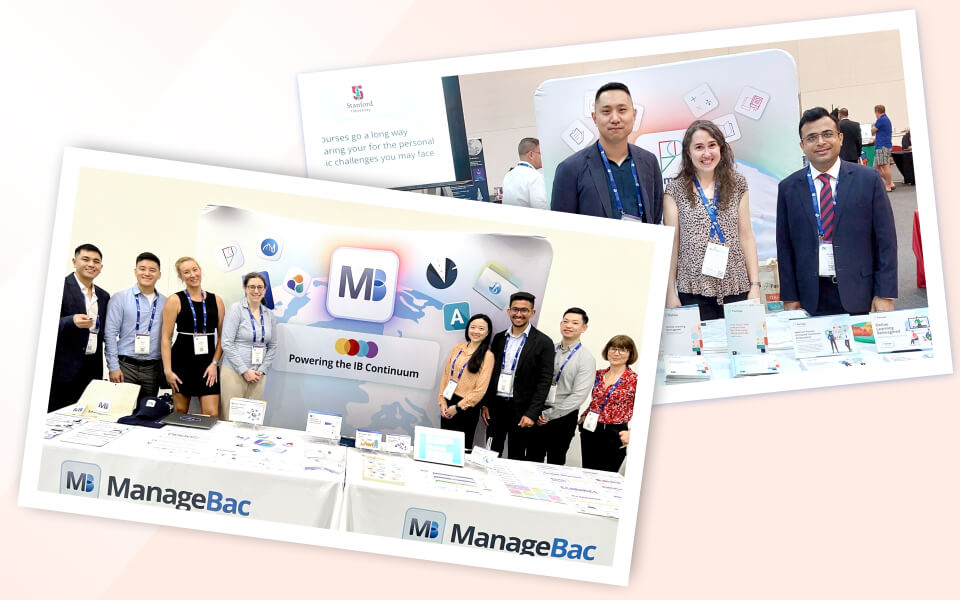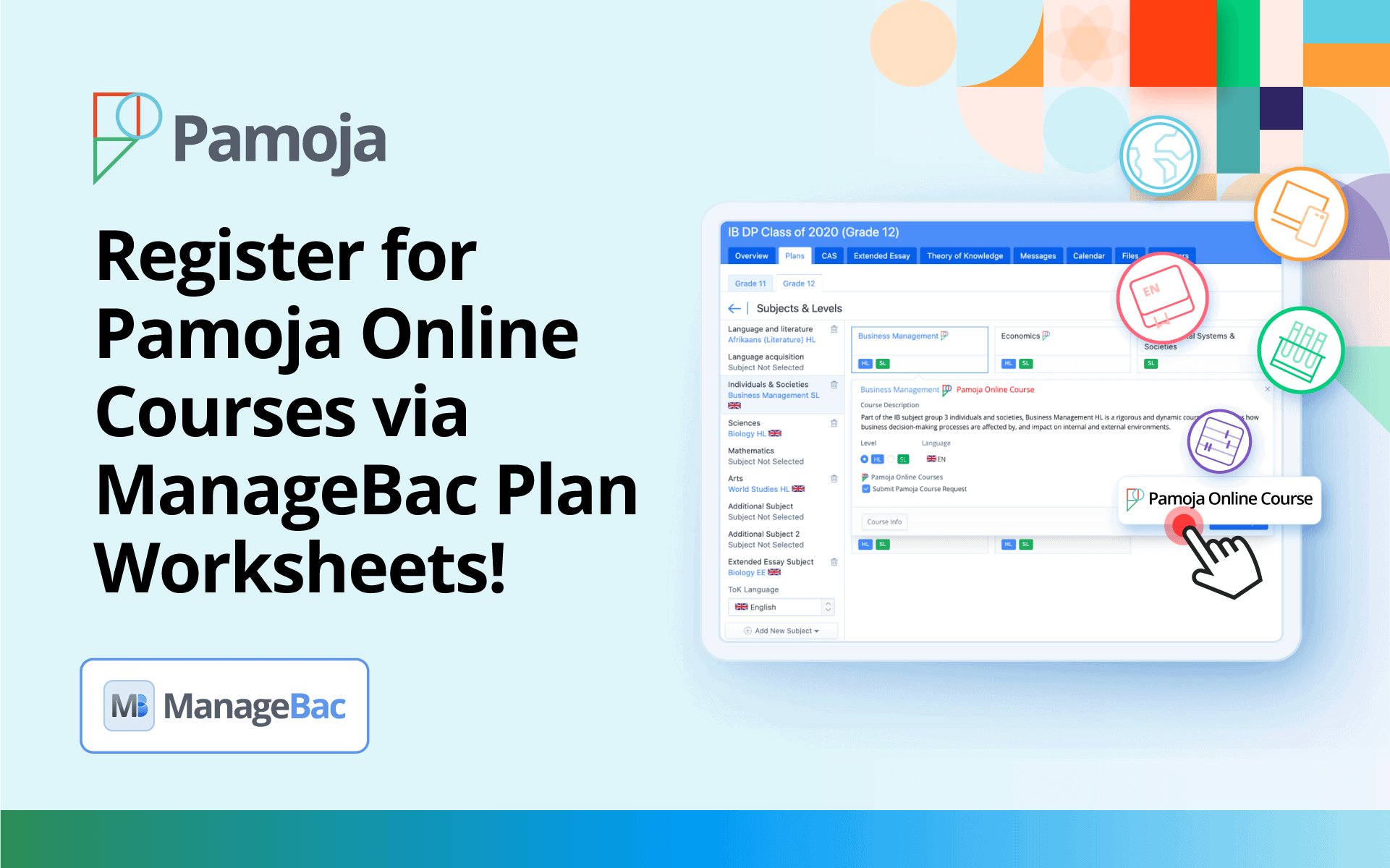I recently came across an article by Nicole Krueger following the ISTE Conference & Expo, in which a serious paradigm shift in modern education is explored. The article references the perceived ‘problems’ caused by ‘too much’ technology, and then delves into the research of keynote speaker David Eagleman, a neuroscientist and self-described cyber-optimist.
Students are accused, by some, of not learning the ‘right’ way, with increased cases of ADHD and an over-reliance on digital technology to support their own learning. However, “it’s not ADHD, it’s the normal reaction of a Gen Zer reacting to the world”, Eagleman says. “Kids are learning just-in-time knowledge. As soon as you want to know how to fix a bike tire, you just look it up.” This is in stark contrast to the “just-in-case” learning of preceding generations, and it isn’t surprising that teachers and adults often feel a disconnect from young people, whose brains seem to operate in such a vastly different way to their own.
When Einstein first said “knowledge is experience, everything else is just information”, he was emphasising that real learning comes from experience. However, in the age of Google, constant access to information enables real life experiences. After all, isn’t this what the Gen-Zers are doing when they get information in real time, just in time, to facilitate the moment and allow them to experience something? Whether it be on the collapse of the Berlin wall, the first flight of man or how to unblock a sink, they find the facts, use them as a discussion point or a moment of further contemplation or indeed to facilitate a physical or emotional need, and thus enrich their experience.
Is this the wrong way to learn? Or is this just the modern way to learn?
We have been talking about how technology can support and enhance learning for many years now, and we know that we are in the middle of digital evolution. Technology is not going away and is changing daily, so we must change our way of teaching and embrace technology to inform learning of all types. Not to do so would be the same as saying I will walk five miles to work, because using a bicycle is too modern and I prefer the older way. OK, I agree, this is a radical comparison, but as Eagleman commented:
“In a creative economy, what matters is innovation, and that’s where humans shine.”
So, in accepting that, as Eagleman states, the creative economy will indeed be the replacement for the current information economy, we need to say goodbye to boring lectures and embrace the shift in learning. “Creativity isn’t just about digesting the world, but how much of the world you get to eat.” Ultimately, students should be allowed to ‘eat’ as much as they want, when they want and how they want. All we can do is try not to force feed them, give them indigestion or make them choke on information (food) they do not need to know (eat).
So, in conclusion, let’s encourage `free range’ students who can run around, learn what they want to and what they need to within the moment, and create through innovation a better economy for us all.
Perry Perrott is one of Pamoja’s Global Vice Principals, whose 18-year career has seen him collate a wealth of experience across multiple industries, whilst always maintaining a primary focus on innovation within education and business. In 2011, Perry won the Times Education award for Outstanding Contribution to Innovation within Education.
Sign up to our monthly newsletter to keep up to date with all the latest Pamoja news.





